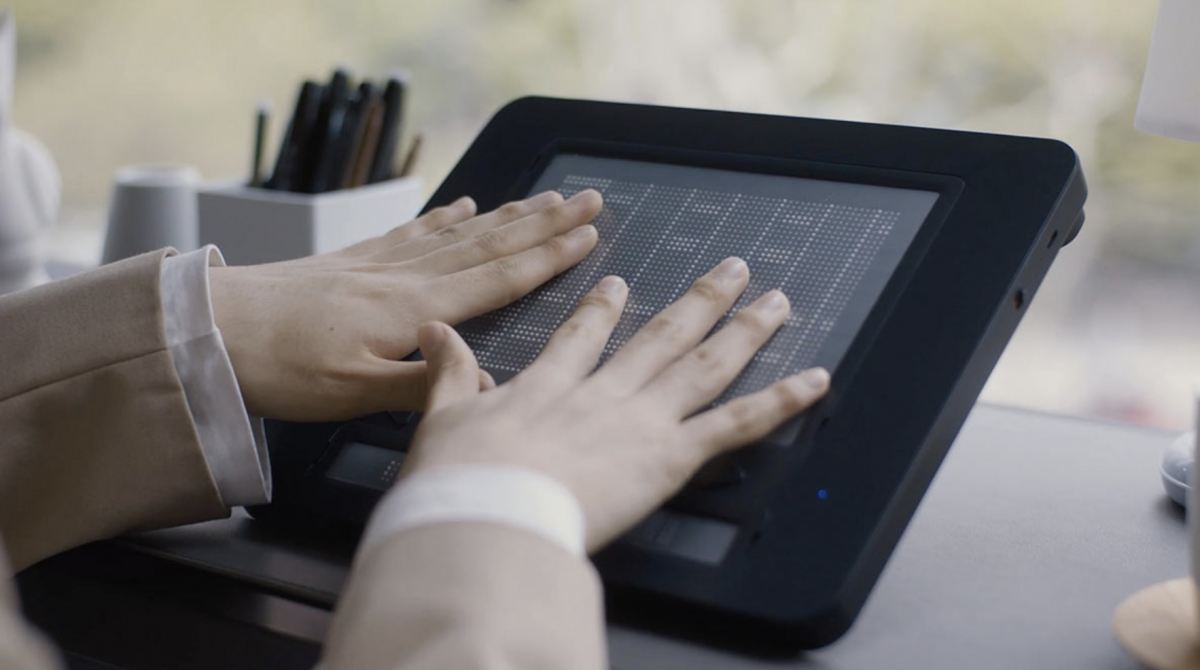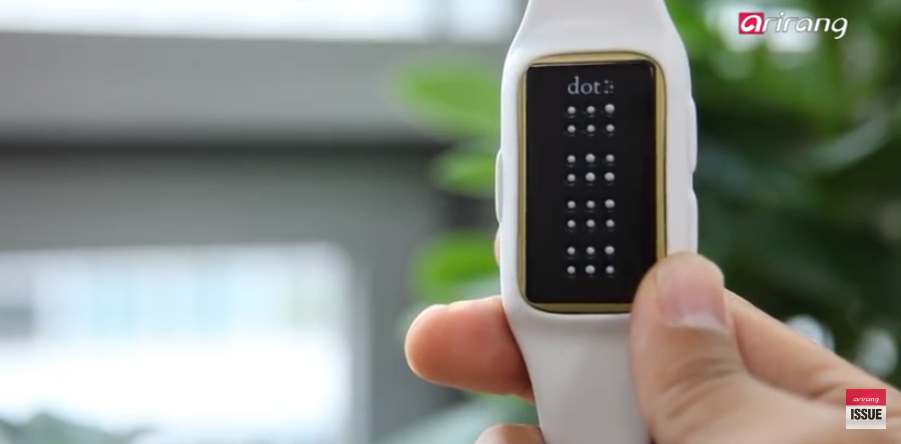AI-Powered Visual Aids: Revolutionizing Support for the Blind
Wiki Article
Empowering Freedom With Assistive Innovation for the Blind
The assimilation of assistive modern technology right into the lives of individuals with visual impairments stands for a considerable improvement in promoting self-reliance and self-sufficiency. From innovative display viewers to innovative smart walking canes, these tools not just improve everyday navigating and interaction but likewise equip users to involve meaningfully in numerous facets of life. As we discover the myriad benefits and real-world applications of these modern technologies, it becomes critical to take a look at the hidden variables that add to their performance and the possibility for future advancements in this essential area.Summary of Assistive Modern Technology

The advancement of assistive innovation is based in concepts of inclusivity and empowerment. Technologies in software program, equipment, and sensory enhancements provide individuals with choices customized to their specific demands. From screen visitors that convert message to speech, to tactile gadgets that convey details via touch, these devices change the way people involve with their surroundings.
In addition to useful applications, assistive innovation fosters greater social incorporation and participation in different industries, consisting of education and employment (AI-powered visual aids). As research and development remain to develop, the possibility for assistive modern technology to additionally improve the lives of visually impaired people stays appealing, leading the means for an extra fair society where everybody can thrive
Kinds Of Assistive Devices
A selection of assistive devices have arised to support people with visual problems, each created to fulfill certain needs and enhance everyday performance. These tools range from low-tech options to sophisticated advancements, supplying varied options for users.Low-tech gadgets include magnifiers and large-print materials that help in analysis and writing. Braille tools, such as Braille slates and styluses, make it possible for responsive reading and communication. Orientation and movement aids, like white walking canes, help users navigate their atmosphere safely.
On the higher end of the range, digital zoom systems and screen readers offer significant assistance. Digital magnifiers permit individuals to increase the size of message and pictures on screens, while screen visitors convert electronic content right into synthesized speech, facilitating accessibility to info on computer systems and smart devices.
Smart device applications additionally play an essential role, giving features like message acknowledgment and navigating assistance. Wearable technology, such as smart glasses outfitted with augmented reality, is arising as an appealing device to boost situational understanding.
Advantages of Assistive Innovation
The integration of assistive innovation substantially boosts the high quality of life for people with aesthetic problems. These innovations equip customers by promoting self-reliance, enabling them to browse their environments much more efficiently and do daily tasks with better convenience. For example, display viewers and zoom software program allow individuals to accessibility digital details, fostering educational and specialist possibilities that may have previously been out of reach.Additionally, assistive devices such as smart walking sticks and general practitioners applications give real-time navigating aid, enhancing wheelchair and safety and security. This enhanced autonomy not just improves self-esteem but also motivates social involvement, permitting customers to take part more fully in their communities.
Assistive technology additionally assists in communication, assisting users attach with others through voice acknowledgment and text-to-speech applications. This capability is vital for preserving relationships and accessing essential details.
In addition, the personalization alternatives readily available with lots of assistive innovations make certain that users can tailor tools to their particular demands, even more enhancing use and performance. On the whole, the benefits of assistive technology for individuals with aesthetic problems are extensive, advertising a more inclusive society where everyone can seek their objectives and ambitions.
Case Researches and Success Stories
Highlighting the transformative effect of assistive innovation, many study show exactly how people with aesthetic disabilities have successfully incorporated these tools into their day-to-days live. One engaging instance involves an university student who made use of display analysis software application to browse academic products and on the internet sources efficiently. This innovation not just facilitated her education yet additionally enhanced her confidence in taking part in conversations and team tasks.One more study includes a professional who utilizes a mobile phone application created for navigating and item acknowledgment. By utilizing this application, he has actually reclaimed autonomy in both his personal and workplace, enabling him to commute independently and engage with colleagues better.
In addition, a senior citizen shared her experience with braille e-readers, which allowed her to access a vast range of literary works and stay gotten in touch with her area through publication clubs.
These success stories emphasize the crucial duty of assistive innovation in promoting self-reliance, enhancing lifestyle, and advertising social integration for people with visual problems (Speech-to-text devices for low vision). By accepting these ingenious devices, individuals can overcome obstacles and seize opportunities that add to their personal and professional satisfaction

Future Fads in Assistive Innovation
Advancement in assistive modern technology is poised to redefine the landscape of assistance for individuals with aesthetic Mobility aids for visually impaired users disabilities. Arising patterns emphasize the integration of expert system (AI) and machine learning, which enhance the functionality of devices that help with navigating and info availability. AI-driven applications are currently capable of interpreting visual data in real-time, making it possible for customers to engage with their setting a lot more independently.Furthermore, the growth of wearable technology is progressing swiftly. Smart glasses equipped with enhanced truth (AR) can offer audio summaries of environments, transforming just how users engage with public areas. These tools not only promote autonomy yet also foster social inclusion.
Furthermore, the Internet of Points (IoT) is making homes smarter, permitting seamless connection between assistive devices and day-to-day devices. This connectivity encourages customers by making it possible for automatic reactions and voice-activated controls tailored to specific requirements.
Verdict
In final thought, assistive technology plays a critical role in empowering individuals with visual disabilities by improving their self-reliance and engagement with their surroundings. The diverse variety of tools and applications offered not only helps with navigation and interaction however likewise advertises social combination and opportunities for professional and personal growth. As advancements continue in this field, the capacity for improving the lifestyle for those with visual disabilities will increase, fostering better autonomy and empowerment.
Report this wiki page